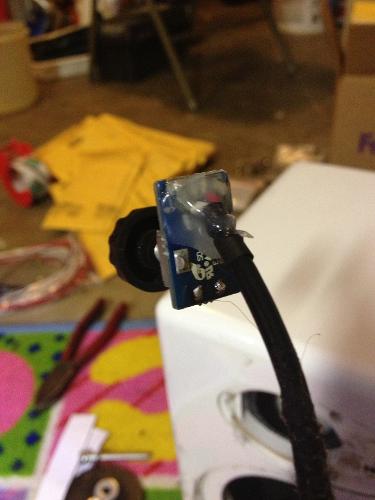I use lead-free solder.
Less poisonous and the smell is a lot more bearable.
I used Kester 5% Silver Solder for my mod, anything should work though. (recommend 63/37)
For shunting/bypass, 18AWG should do, but if you think it's still too large, remove 3-6 strands, twist the leftover strands, and continue to the tinning process using solder & soldering iron.
What mainly matters with this mod, is for you to use a good soldering iron (sharp tip).
Something similar to the Weller or Hakko should work.
For the Subwoofer, i'm thinking about just replacing some capacitors for longevity.
After your A5+ mod though, you should know how to do this yourself with the S8.
You'll pick things up quick, trust me.
I don't bother on modding subwoofers, as it's way harder to hear the difference in sound compared to speakers, so doing so would just be a time consuming waste.
Wouldn't be trying this mod if you hadn't made this thread so thanks again!
No problem buddy!
You'll be sure to notice better sonics, especially for FLAC music files after your mods.
Make sure to dampen the speakers nicely, as that's one of the main phases to not color your sound (more neutral).
After you're almost done, i recommend using something like 100% silicone caulk to put the speaker ring & tweeter cup back in.
It's very flexible, and does a great job dampening the cup and ring. (won't crack over time, great stuff).
Feel free to ask questions when you're stuck.
Tim




















